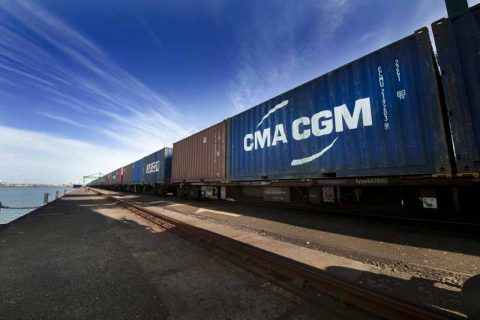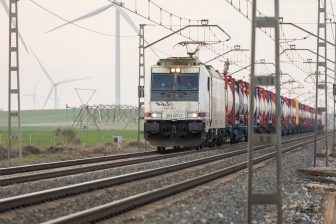
CMA CGM accelerates global rail freight integration
Some CMA CGM containership on a train
French container transport and shipping firm CMA CGM integrated its rail freight and ocean forwarding services, offering new onward connections in Brazil and Zimbabwe last month. In Brazil, the company links the port of Santos with Rio de Janeiro and Minas Gerais. In Zimbabwe, the company offers a rail link between Harare, the country’s capital and Maputo.
Do you want to read the full article?
Thank you for visiting RailFreight.com. Become a member of RailFreight Premium and get full access to all our premium content.
Are you already a member?
Having problems logging in? Call +31(0)10 280 1000 or send an email to customerdesk@promedia.nl.





Majority of port customers, do not enjoy direct access to port… and nearness to port, at a big hinterland, has been ad remains basic behind port success stories, globally.
Niche of railways is the large scale, safest, most energy effective, on shore feeding of port, simple as that! (Regrettably, not sustainably, now the on road trucks, for majority, is the single available alternative, up to 600 miles from port…)